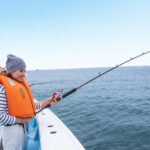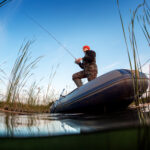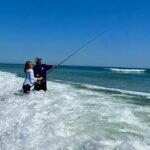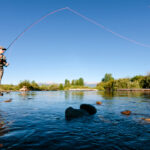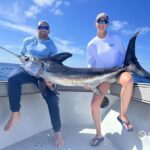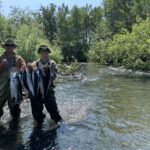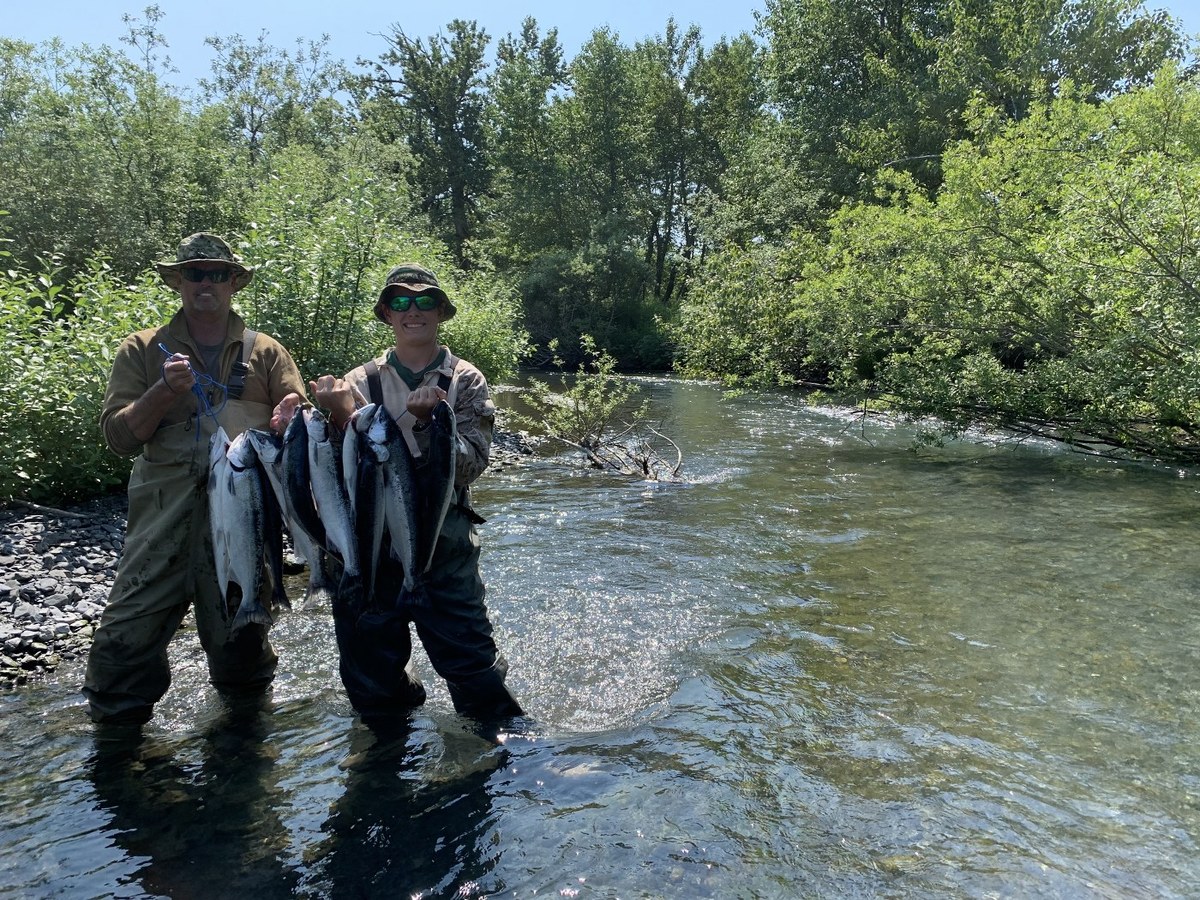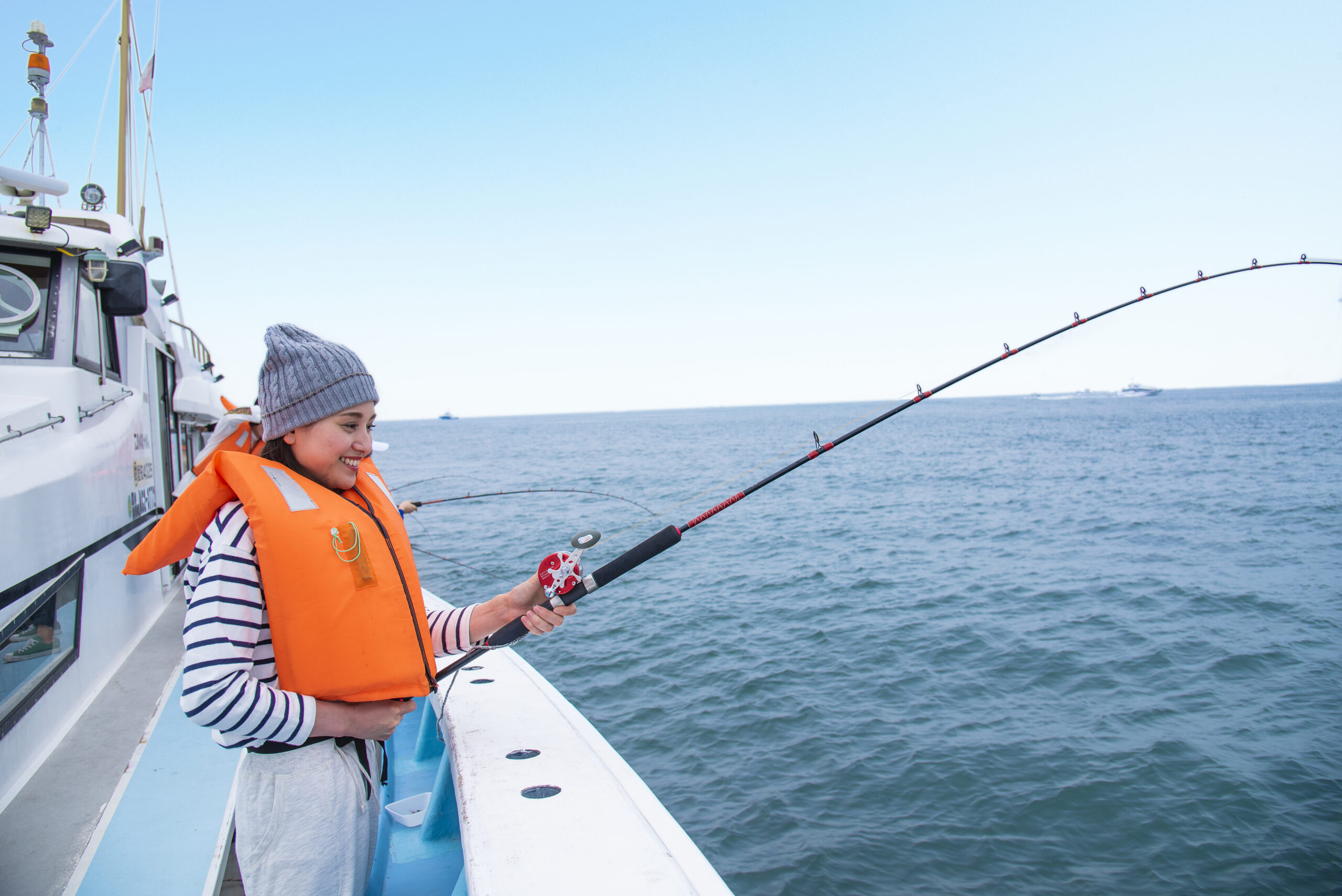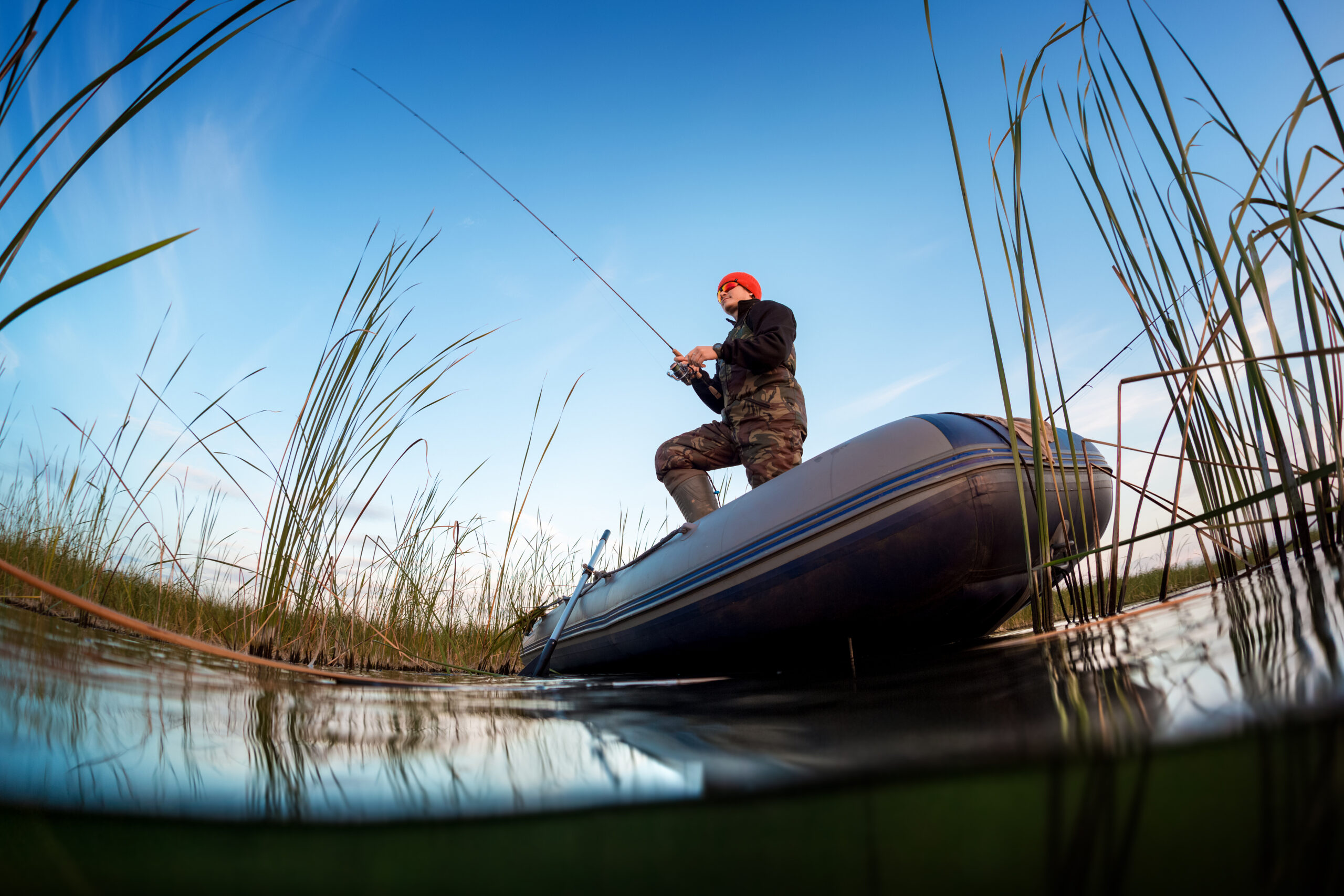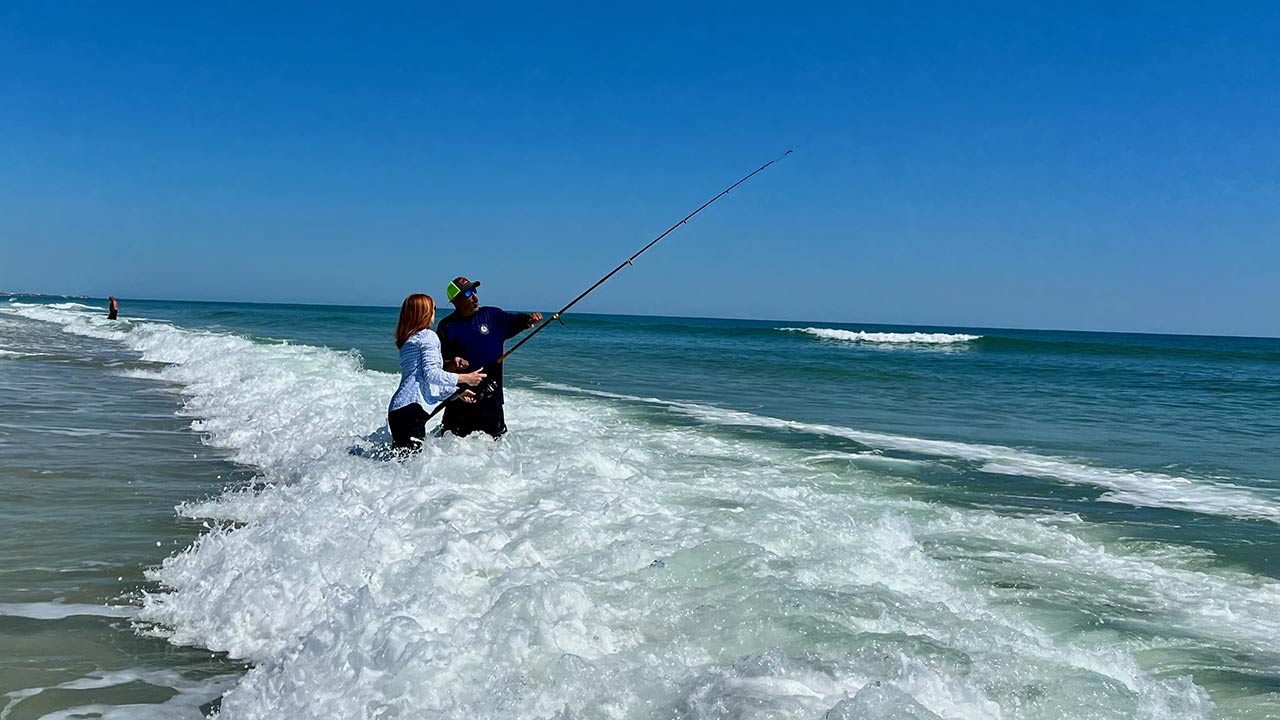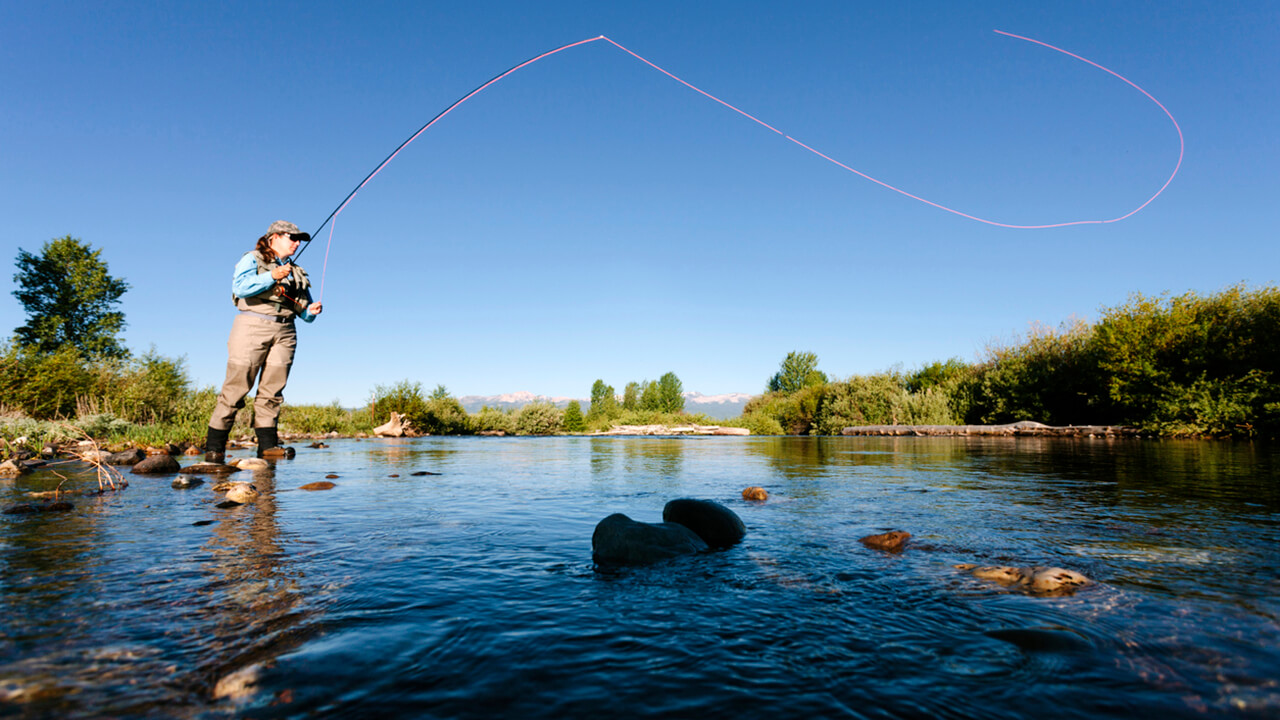As the days lengthen and the chill of winter begins to fade, spring marks one of the most exciting times for bass anglers. The rising water temperatures signal a shift in bass behavior, and understanding how to capitalize on these changes can make all the difference between a lackluster day on the water and a productive outing. Whether you’re targeting largemouth or smallmouth bass, here’s a comprehensive guide to help you succeed as the water warms up and fish become more active.
1. Understand Water Temperature and Bass Behavior
Bass are cold-blooded creatures, meaning their activity levels are heavily influenced by water temperature. As the water warms, bass become more active, searching for food and preparing for the spawn. Generally, once the water reaches around 50°F (10°C), bass will start to feed more aggressively. By the time it hits 60°F (15°C), they’re fully active and gearing up for the spawn.
Key temperature milestones:
- 50°F to 55°F: Bass start feeding more actively, moving towards shallower waters.
- 55°F to 65°F: Prime time for pre-spawn fishing. Bass are aggressive and easier to target.
- 65°F and above: Bass move into the shallows to spawn, and their behavior is largely driven by reproduction.
2. Target Shallow Waters in Early Spring
As water temperatures begin to rise, bass start to migrate from their deeper, wintering areas toward shallow waters to prepare for the spawn. During the early part of spring, look for bass near structures like submerged rocks, fallen trees, and points in the shallows. These areas offer both cover and warmth, which bass need during the transition to their spawning grounds.
In the early spring, shallow waters in the mornings tend to warm up faster due to the sun’s direct exposure. Focus your efforts during the early hours and around sunset when bass are more likely to be active near the shore.
3. Key Baits for Spring Bass
Bass are voracious eaters, and selecting the right bait can be the difference between success and failure. In early spring, their diet is primarily composed of smaller fish, crawfish, and even some insects. The key is to use baits that mimic these prey items in terms of color, size, and movement.
- Jerkbaits: These are great for targeting bass in shallow waters as the water temperature begins to rise. Opt for suspending jerkbaits to mimic the erratic movement of struggling baitfish.
- Spinnerbaits: Perfect for covering large areas and attracting bass with their flash and vibration, especially when the water is still cool.
- Crankbaits: These can be effective in deeper areas or around submerged structures where bass may be holding. A medium to shallow-running crankbait can help you target those pre-spawn bass that are patrolling these areas.
- Jigs and Soft Plastics: A Texas rigged worm or a jig with a crawfish imitation can be deadly in areas where bass are feeding or staging near the spawn. A slow presentation is often the key to getting strikes in cooler water.
4. Look for Wind and Weather Patterns
Spring weather can be unpredictable, with changes in wind and cloud cover affecting bass behavior. Bass are more likely to be active on overcast days, especially when the wind picks up. Wind not only helps to create ripples on the water, which bass find more comfortable for hunting, but it also stirs up food in the water, triggering feeding behavior.
Bass tend to be more aggressive in low-light conditions, so cloudy days or fishing during dawn and dusk can increase your chances of success. Keep an eye on barometric pressure—bass often feed more actively just before a cold front passes through.
5. Focus on the Transition Zones
Spring is all about transition. As the water temperature rises, bass will move from deeper, colder waters into shallower, warmer areas to spawn. Look for transition zones, such as the mouths of creeks, ledges, and humps, where shallow and deep water meet. These areas act as highways for bass as they move between different parts of the lake or river.
Pay attention to depth changes and areas where the bottom structure changes—these are areas where bass are likely to be hunting for food and preparing for the spawn. Drop-offs, submerged points, and structures like fallen trees or rocks create natural ambush points for bass.
6. Adjust Your Fishing Techniques
In the spring, bass are feeding aggressively but may not always be in the mood to chase fast-moving baits. Slow down your presentation if you’re not getting bites. A slower retrieve allows bass more time to notice and strike your bait. Try a slow, steady retrieve for crankbaits, or work your soft plastics at a crawl.
If you’re using jerkbaits, remember that spring bass like a quick jerk followed by a pause. This erratic action mimics a struggling fish, which is more likely to provoke a bite.
7. Pay Attention to Spawn and Post-Spawn Activity
Once the water hits 60°F (15°C), bass begin moving toward their spawning grounds, which are typically shallow, protected areas with vegetation or gravel beds. If you’re fishing during the spawn, focus on these areas, but be mindful that bass can become less aggressive during this period as they’re more focused on reproduction.
After the spawn, bass tend to move back to deeper waters. In the post-spawn period, they’re still active, but they may be more scattered and harder to locate. Target deeper structures or mid-depth ranges as bass recuperate and start feeding again.
8. Conserve Fish for Future Seasons
As a responsible angler, it’s important to practice catch-and-release when targeting bass during the spawn. Disturbing bass during the spawn can harm their ability to reproduce, which is detrimental to the population. If you’re fishing in areas where bass are actively spawning, consider releasing your catches immediately to ensure the health of the fishery.
Conclusion
Spring bass fishing offers a unique and exciting challenge for anglers as water temperatures rise and bass become more active. Understanding their behavior, focusing on key areas like shallow waters and transition zones, and using the right bait and techniques can significantly improve your chances of success. With a bit of patience and careful observation, you’ll be able to enjoy some of the best fishing of the season. So, get out there, and let the spring fishing adventure begin!

